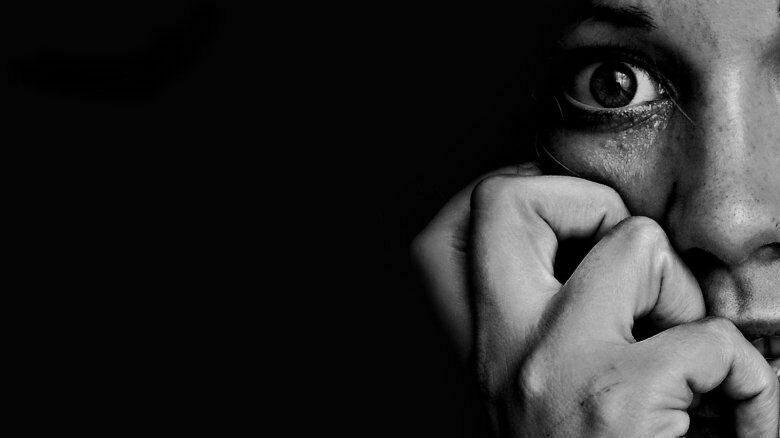Posted 9 марта 2023, 07:32
Published 9 марта 2023, 07:32
Modified 9 марта 2023, 09:06
Updated 9 марта 2023, 09:06

Figure of the day: over the past year, the anxiety Index in Russia has doubled
In the current geopolitical situation, it is especially important to understand how the national brand is developing. Today, one of the key factors affecting his condition is the level of anxiety of citizens, their satisfaction with life.
The Public Relations Development Company (KROS), based on the analysis of the media and social networks, regularly publishes a rating of phobias of Russians, the so-called "National Anxiety Index", which shows the dominant anxieties and phobias in society, formed by the media and the life experience of Russians. The measurement is carried out quarterly. The index makes it possible to study the "gray zone" of citizens' phobias, since regular opinion polls are not configured to identify personal anxieties, and the press cannot form an information bulletin based on the privacy of citizens.
Anxiety is a new characteristic of the target audiences of national branding. On the one hand, there is a total Index showing the total weight of anxiety in the media field, on the other — the survival Index, the ratio of parameters of social media and mass media. The index is made quarterly, according to the results of each year, the agency analyzes the situation in the regions.
Andrey Lebedev, Director of Analytics at KROS, told about how the Anxiety Index has changed over the past four years:
"The environment of national brands and brands of certain regions live in the plane of the communication space. As an agency, we regularly analyze it for our clients within the framework of various projects. At a certain stage, the analysis showed a "gray zone" that had previously remained on the sidelines. In this regard, we have drawn attention to the concerns of citizens. For example, what they write about in their social media accounts. Often, it remains outside the mainstream. So in 2019, the National Anxiety Index appeared, a study that is conducted at the junction of the media and social media. (...) Over the past four years, the Anxiety Index has been steadily growing, and over the past year it has doubled. If in 2019 the determining factors of anxiety were local situations: ecology, climate, then over the past two or three years there have been significant changes in the agenda. In 2021, we lived in a pandemic, and in 2022 — in the conditions of SMO".
Andrey Lebedev also shared data on what changes have taken place in the top 10 most alarmed regions. "Naturally, certain trends have persisted. Moscow and St. Petersburg remain the most alarmed, the most active users of social networks live here. The departure of foreign brands was actively discussed in the million-plus cities, while residents of Siberia and the Far East discussed issues related to forest fires", - the expert emphasizes.
However, according to Andrey Lebedev, the cities that are lower in the list are of the greatest interest.: "If in 2019-2020, residents of large regions with active media centers were more alarmed: Novosibirsk, Yekaterinburg, Krasnoyarsk. Gradually, this trend has changed: the regions where the agenda is particularly actively connected with the conduct of ITS have become more alarmed. And it has become decisive in terms of the perception of the National Brand".